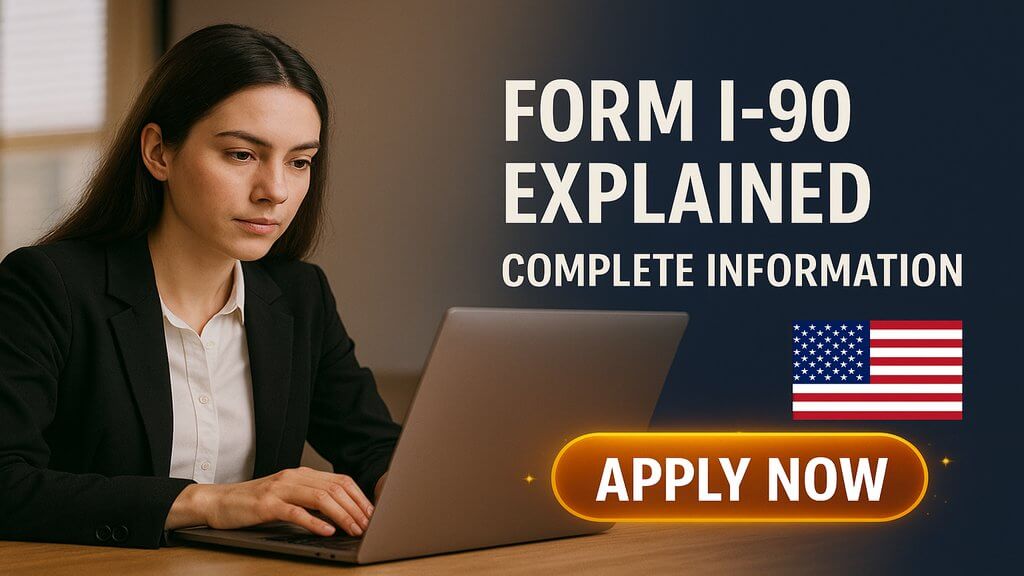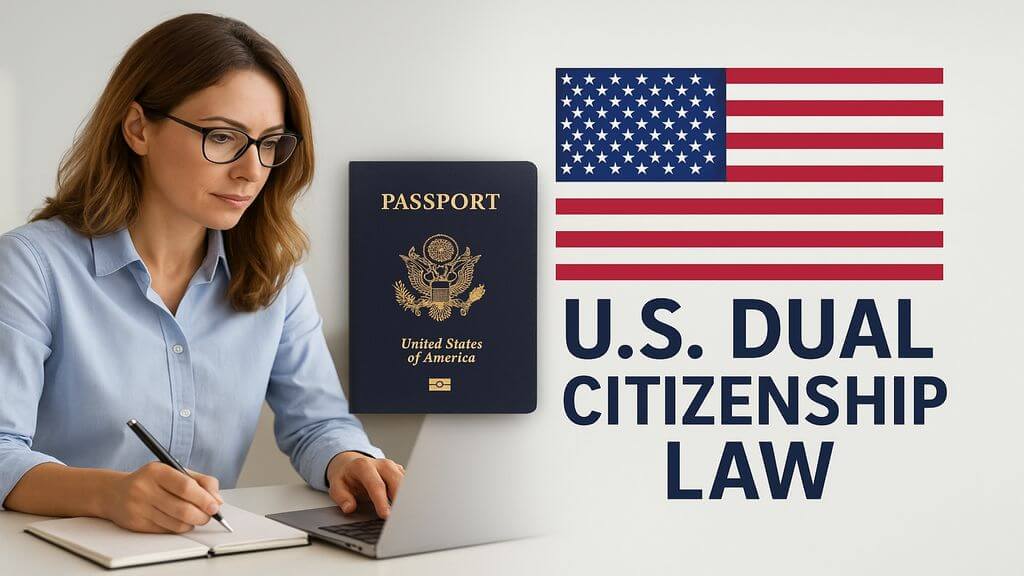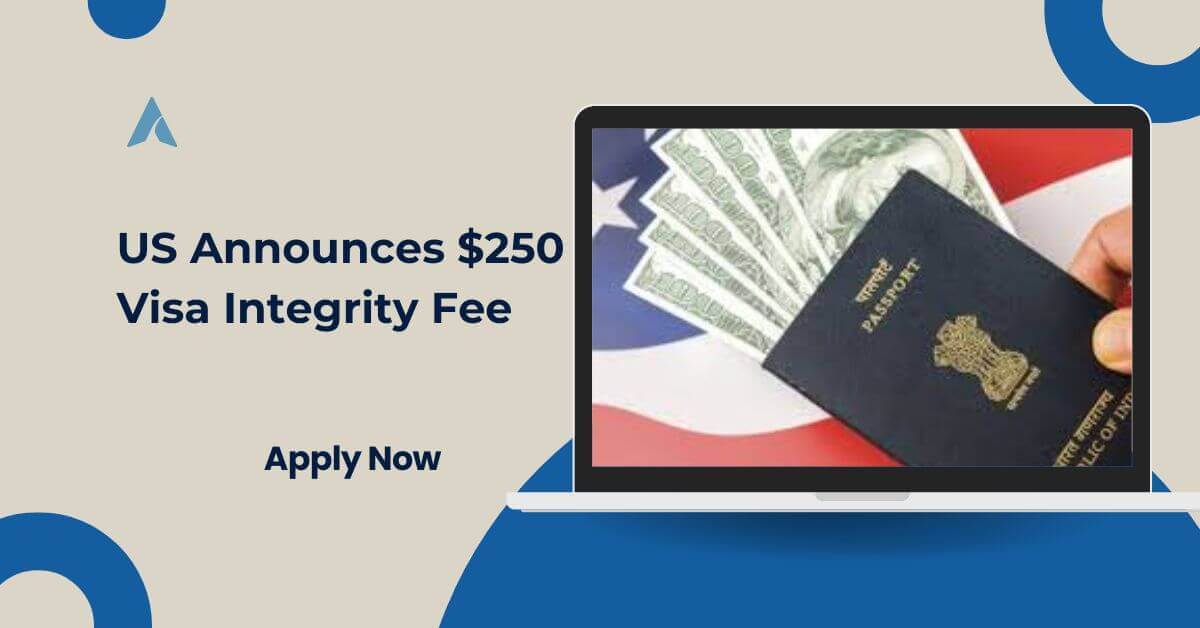Whether you plan to visit the United States for tourism, business, education, or temporary work, most foreign nationals need a nonimmigrant visa a temporary travel visa to enter and stay legally. This guide explains the types of nonimmigrant visas, who needs them, how to apply, and what to expect during the process.
Note: This article is for informational purposes only and references official U.S. government resources. For personalized legal advice, consult a qualified immigration attorney.
Introduction:
A nonimmigrant visa is a temporary visa issued to foreign nationals who want to visit the U.S. for specific purposes such as tourism, business meetings, study, medical treatment, or short-term employment. These visas allow a limited stay, after which the visitor must leave the country.
This is different from an immigrant visa, which is for those intending to live permanently in the U.S.
Who Needs a Travel Visa to U.S?
Most non-U.S. citizens and non-permanent residents require a nonimmigrant visa to enter the United States.
Exceptions Include:
- Citizens of countries in the Visa Waiver Program (VWP) can travel visa-free for tourism or business visits up to 90 days, provided they have approved authorization through the Electronic System for Travel Authorization (ESTA).
- Most Canadian citizens do not need a visa for short tourism or business trips but do require visas for work, study, or immigration.
Always check your eligibility and requirements on the official Visa Waiver Program page.
Check Also: Understanding US Immigration 90-Day Rule – Visa Implications
Types of Nonimmigrant Visas:
1. Visitor Visas (B Visas)
- B-1 Business Visa: For temporary business activities such as meetings, conferences, or negotiating contracts.
- B-2 Tourist Visa: For tourism, vacation, visiting family, or medical treatment.
Visa validity can range from 3 months to 10 years depending on nationality, with a maximum stay of 6 months per visit (determined by Customs and Border Protection at entry).
2. Temporary Work Visas
- H Visas (H-1B, H-1B1, H-2A, H-2B, H-3): For specialty occupations, seasonal/agricultural work, or trainees.
- H-1B: Requires a bachelor’s degree or higher and employer sponsorship.
- H-2A/H-2B: Seasonal agricultural/non-agricultural jobs with labor shortages.
- L Visas (L-1A, L-1B): For intracompany transferees moving to a U.S. office.
- O Visa: For individuals with extraordinary ability in sciences, arts, education, or athletics.
- P Visas: For artists, entertainers, and athletes.
- Q Visa: For participants in cultural exchange programs.
3. Student Visas
- F-1 Visa: For full-time academic students at accredited U.S. institutions. On-campus employment permitted with restrictions.
- F-2 Visa: For spouses and children of F-1 holders.
- M Visa: For vocational or nonacademic study.
- J-1 Visa: For exchange visitors in work- and study-based programs, including au pairs, interns, and trainees.
- J-2 Visa: For dependents of J-1 holders.
L1 Intracompany Transfer Visa:
The L1 intracompany transfer visa is designed for employees of multinational companies who are transferring to a U.S. office or affiliate. It allows executives, managers (L-1A), and employees with specialized knowledge (L-1B) to work in the U.S. temporarily.
Key points:
- Requires proof of employment with the multinational company for at least one continuous year within the last three years.
- Initial stay can be up to 1-3 years, with extensions available (up to 7 years for managers/executives).
- No labor certification required, making it a faster alternative to some other work visas.
O1 Visa for Extraordinary Ability:
The O1 visa for extraordinary ability targets individuals who have demonstrated exceptional achievements in fields such as science, arts, education, business, or athletics.
Eligibility criteria include:
- Documented national or international recognition and awards.
- A record of significant professional accomplishments.
- A U.S. employer or agent must petition on behalf of the applicant.
The O1 visa is highly valued for creative professionals, researchers, and athletes seeking to work in the U.S. temporarily.
J1 Exchange Visitor Visa:
The J1 exchange visitor visa supports cultural and educational exchange programs. It is popular among students, interns, researchers, and trainees coming to the U.S. for professional development.
Features include:
- Participation in government-approved exchange programs.
- Options for academic study, practical training, or research.
- Some J1 visas require returning to the home country for two years after completion unless a waiver is granted.
TN Visa for Canadians and Mexicans:
The TN visa for Canadians and Mexicans is a special nonimmigrant visa created under the North American Free Trade Agreement (now USMCA). It allows qualified professionals to work in the U.S. temporarily.
Key advantages:
- Streamlined application process without needing labor certification.
- Available for professions such as engineers, scientists, teachers, and accountants.
- Canadians can apply directly at U.S. ports of entry; Mexicans must obtain a visa at a U.S. consulate.
How to Apply for U.S Nonimmigrant Visas Explained 2025?
Step 1: Complete the Online Application (Form DS-160)
- The DS-160 is the official application form. Fill it out carefully at the Consular Electronic Application Center.
- Save the confirmation page for your records.
Step 2: Pay the Visa Application Fee
- Fees vary by visa type and country; typical fees range from $160 to $265. Check the current fees at the U.S. Department of State Fee Schedule.
Step 3: Schedule a Visa Interview
- Schedule your interview at a U.S. embassy or consulate. Wait times vary by location.
- Visit the Visa Appointment Wait Times page for current estimates.
Step 4: Prepare Required Documents
- Valid passport
- DS-160 confirmation page
- Receipt of visa fee payment
- Photo meeting U.S. visa photo requirements
- Supporting documents proving your purpose of visit and strong ties to your home country (e.g., employment letters, property ownership, family ties)
- Additional documents depending on visa type (e.g., employer petition approval for work visas, school acceptance letter for student visas)
Step 5: Attend the Visa Interview
- At the interview, a consular officer will review your application and ask questions to confirm your eligibility and intent.
- Fingerprints will be taken.
- Answer all questions honestly and clearly.
Step 6: Wait for Visa Processing
- Processing times vary. You may be contacted for additional information.
- Once approved, your visa will be affixed to your passport.
After Receiving Visa:
- When entering the U.S., present your passport and visa to Customs and Border Protection (CBP).
- The CBP officer will determine your length of stay, stamping your passport with a date.
- Your stay is recorded electronically in the Form I-94, accessible online at https://i94.cbp.dhs.gov.
- Important: Do not overstay your authorized period. Overstaying can lead to severe penalties including bans on future travel.
Frequently Asked Questions:
-
Can I work in the U.S. on a tourist (B-2) visa?
No. Employment is not allowed on visitor visas. You must apply for an appropriate work visa to legally work in the U.S.
-
How long does it take to get a U.S. nonimmigrant visa?
Processing times vary by embassy and visa type but typically range from a few days to several weeks. Scheduling your interview in advance is essential.
-
Do I always need a visa to visit the United States?
Most travelers do, but citizens of countries in the Visa Waiver Program (VWP) can visit for up to 90 days without a visa for tourism or business, provided they have an approved ESTA authorization.





